A company called Sphere Entertainment which specializes in huge dome highly immersive screening announced that it has developed an extremely large format cinema camera titled Big Sky, which owns a single ultra-large HDR image sensor of 316-megapixel (dimensions of sensor: 3” x 3” that is a 40X resolution increase over 4K cameras). Big Sky can capture content up to 120 frames per second at a resolution of 18K square format. Meet this IMAX on steroids.

A new era of high-end filmmaking
Sphere Entertainment Co. (a recent spin-off of Madison Square Garden Entertainment) today announced the formal launch of Sphere Studios in Burbank and unveiled Big Sky, an innovative new camera system developed internally that sets a new bar for Image fidelity, eclipsing all current cinematic cameras. Sphere Studios defines itself as a home to an interdisciplinary team of creative, production, technology, and software experts who provide full in-house creative and production services.“Sphere Studios is not only creating content but also technology that is truly transformative,” said David Dibble, Chief Executive Officer of MSG Ventures, a division of Sphere Entertainment focused on developing advanced technologies for live entertainment. “Sphere in Las Vegas is an experiential medium featuring an LED display, sound system, and 4D technologies that require a completely new and innovative approach to filmmaking. We created Big Sky – the most advanced camera system in the world – not only because we could, but out of innovative necessity. This was the only way we could bring to life the vision of our filmmakers, artists, and collaborators for Sphere”.

The Sphere in Las Vegas is an experiential medium featuring an LED display, sound system, and 4D technologies that require a completely new and innovative approach to filmmaking.
David Dibble, Chief Executive Officer of MSG Ventures, a division of Sphere Entertainment focused on developing advanced technologies for live entertainment
The facility in Burbank
The studio campus in Burbank spans 68,000 square feet of development facilities; production, editing, and post-production suites; sound stages for mixing spatial audio; and camera and 3D printing labs. The campus also includes Big Dome, a 28,000-square-foot, 100-foot high custom geodesic dome with a quarter-sized version of the screen at Sphere in Las Vegas. Big Dome serves as a specialized screening, production facility, and lab for content at Sphere, including Sphere Immersive Sound, haptic seats, and more that will be featured at Sphere.

Big Dome serves as a specialized screening, production facility, and lab for content at Sphere, including Sphere Immersive Sound, haptic seats, and more that will be featured at Sphere.
Changing the game
To capture the stunning images and video required for the world’s highest resolution LED screen at Sphere, a 16K x 16K immersive display plane that wraps up, over, and around the audience creating a fully immersive visual environment. Furthermore, in order to be able to create professional contact to be utilized by this high-tech canvas, Sphere Studios internally created Big Sky, a groundbreaking ultra-high-resolution camera system.

Big Sky cinema camera: The largest sensor in commercial use
As stated by Sphere: “Big Sky, a groundbreaking ultra-high-resolution camera system and custom content creation tool was created by Sphere Studios to capture the stunning images and video required for the world’s highest resolution LED screen at Sphere. Developed in-house at Sphere Studios’ research and development labs, every aspect of Big Sky represents a significant advancement on current state-of-the-art cinema camera systems, including the largest single sensor in commercial use capable of capturing incredibly detailed, large-format images”. “Big Sky is a giant leap forward for imaging and a testament to the innovative teams at Sphere Studios who made this technology a reality,” said Deanan DaSilva, the lead architect of Big Sky at Sphere Studios. “Big Sky allows us to capture cinematic content at a level of detail never before possible, opening up extraordinary possibilities and pushing immersive imaging technology forward in a way that will resonate throughout the entertainment industry.”

We created Big Sky – the most advanced camera system in the world – not only because we could, but out of innovative necessity. This was the only way we could bring to life the vision of our filmmakers, artists, and collaborators for Sphere.
David Dibble, Chief Executive Officer of MSG Ventures
Tech specs: 18K of resolution
These are the highlights of Big Sky:
- Big Sky’s single-lens system boasts the world’s sharpest cinematic lenses and achieves the extreme optical requirements necessary to match Sphere’s 16K x 16K immersive display plane from edge to edge.
- With underwater and other lenses currently in development, as well as the ability to use existing medium format lenses, Sphere Studios is giving immersive content creators all the tools necessary to create extraordinary content for Sphere.
- Big Sky’s single sensor, a 316-megapixel, 3” x 3” HDR image sensor, is a 40X resolution increase over 4K cameras, and 160X over HD cameras.
- Big Sky can capture content up to 120 frames per second in the 18K square format.

Developed in-house at Sphere Studios’ research and development labs, every aspect of Big Sky represents a significant advancement on current state-of-the-art cinema camera systems, including the largest single sensor in commercial use capable of capturing incredibly detailed, large-format images.
Deanan DaSilva, the lead architect of Big Sky at Sphere Studios
Media for 30 Gigabytes/second readout
Big Sky’s media recorder can absorb full resolution, 60 fps, uncompressed RAW footage at 30 Gigabytes/second, or 120 fps at 50 Gigabytes/second to its custom 32 terabyte media magazines, facilitating an effective process for capturing ultra-high-resolution immersive content. The media recorder is capable of handling 600 Gigabits/second of network connectivity, as well as built-in media duplication, to accelerate and simplify on-set and post-production workflows. Furthermore, SphereLab, an internally developed image processing software, was created specifically for Big Sky and utilizes GPU-accelerated RAW processing to make the workflow of capturing and delivering content to the Sphere’s ultra-high resolution screen practical and efficient.

Big Sky allows us to capture cinematic content at a level of detail never before possible, opening up extraordinary possibilities and pushing immersive imaging technology forward in a way that will resonate throughout the entertainment industry.
Deanan DaSilva, the lead architect of Big Sky at Sphere Studios
The World’s sharpest cinematic lenses
Sphere claims that the Big Sky system boasts the world’s sharpest cinematic lenses capable of delivering the unparalleled edge-to-edge optical requirements for Sphere’s 16K x 16K immersive display plane. That allows Sphere Studios filmmakers to capture incredibly detailed, large-format images from a single camera, without having to stitch content together from multiple cameras – avoiding issues common to stitching including near distance limitations and seams between images.

Big Sky system boasts the world’s sharpest cinematic lenses capable of delivering the unparalleled edge-to-edge optical requirements for Sphere’s 16K x 16K immersive display plane.
Sphere Entertainment
Implementations
Postcard from Earth, the first Sphere Experience to harness the full array of Sphere’s technological capabilities, is currently in production, with Sphere Studios film crews traveling the world to film scenes with Big Sky camera systems. Postcard from Earth will provide an unparalleled storytelling journey and offer a unique perspective on the magnificent beauty of life on our planet. Be among the first to experience this unparalleled immersive production and the quality of content created by Sphere Studios when Postcard from Earth premieres at Sphere on Oct. 6, 2023. Tickets are currently on sale at thespherevegas.com. Explore some samples below:



Initial thoughts
A few months ago, a PR division sent us the press release of Sphere. We initially asked about the cameras that shoot for this kind of screening format, as we knew that these are not conventional cameras. It appears that they’re definitely not! According to Sphere Studios, they began developing Big Sky in early 2021, with the camera system’s first shoot taking place in October 2022. To date, the team has filed eight patents associated with Big Sky technology. If so, this is a super fast development sprint. There’s no info (yet) about the sensor, which is most probably made from multiple sensors stitched together. Furthermore, it will be intriguing to think about big-domes as an upgrade to IMAX screens, in terms of audience immersiveness. Is it the future of moviegoing? We wish. Is it the future of filmmaking? It might. BTW, it reminds us of the ACHTEL 9×7 camera which is dedicated to similar purposes. The ACHTEL 9×7 also shoots insanely large uncompressed RAW files and aimed to replace an array of cinema cameras, and dome screening. Anyway, Big Sky seems like an ACHTEL on steroids. But let’s ingest all of that info. We reached out to Sphere for more. Stay tuned.


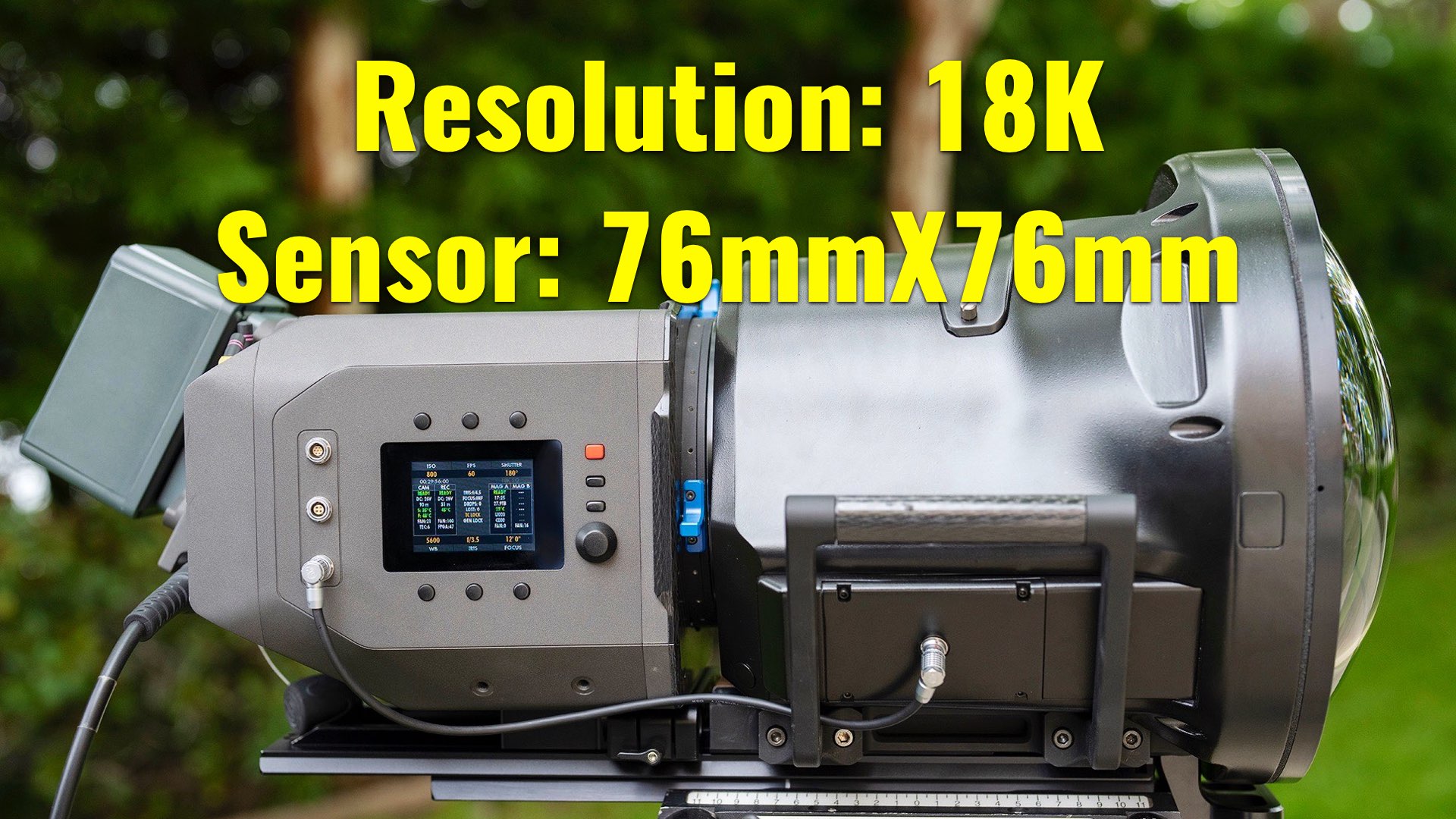
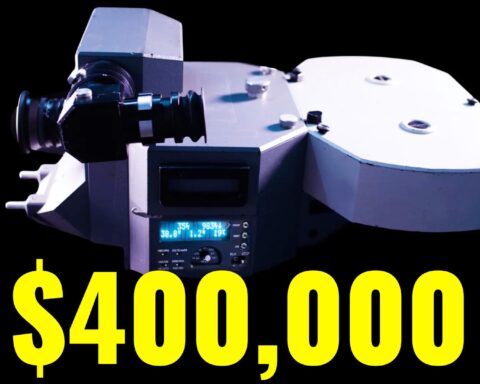
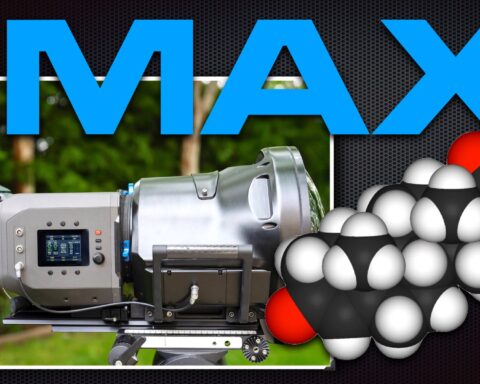



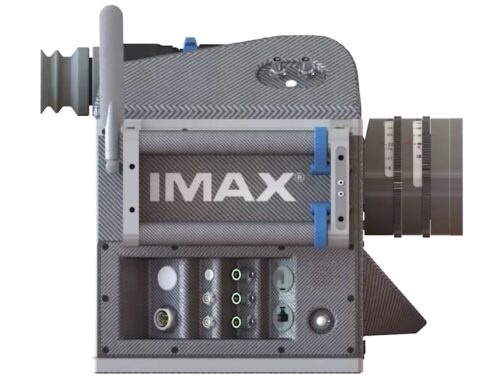

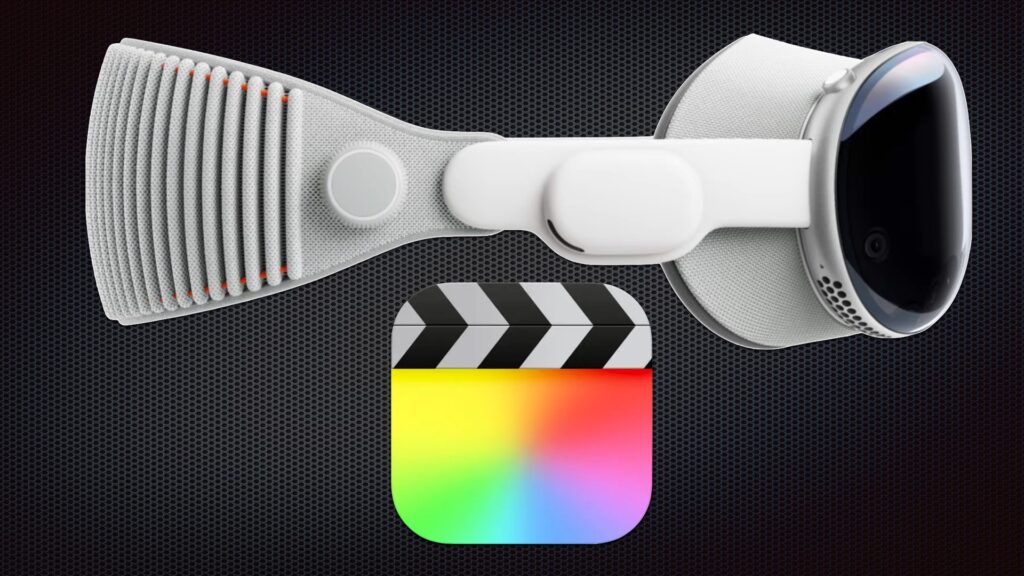
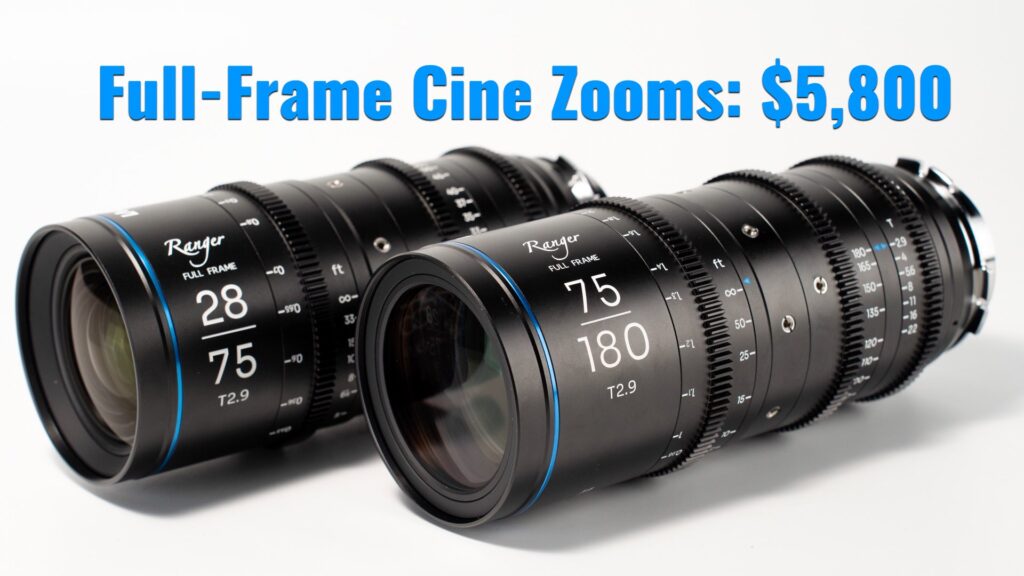


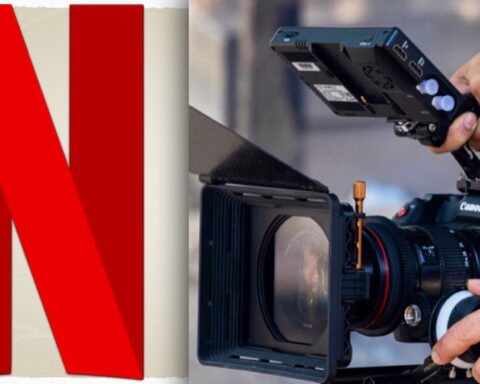
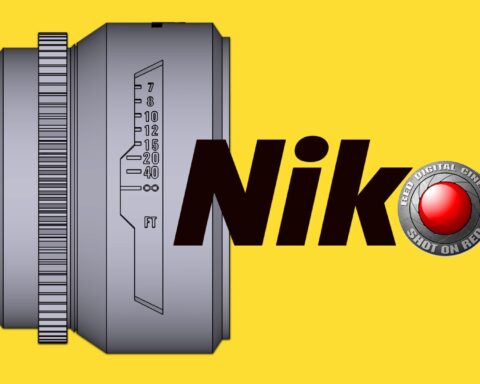

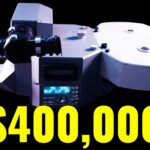

As long as there isn’t even a sight of a native 8K Projection (even not at IMAX), this is all just for talks.
The Camera-spec sounds really extreme, which will make it hard to work with..
A well prepared and well suited System for Big-Format Moving Pictures could be a prospective FUJIFILM GFX100 (Mark X) Successor. It already has a 11.6K (1:1.4 Ratio!) Sensor and even more important, a complete Large Format Lens Selection who can handle the Resoultion(!). It would need a faster Readout and better Ergonomics (Batterie, Connectors, video friendly Body etc. ). It would also already have the ultimate Color Science(!) built in. Really interesting
..but then there is still no 8K Projection. Meanwhile, IMAX 15/70 stays the King of all Formats
Projection? Who needs flimsy and noisy projection? The Sphere uses screens to display the pretty pictures and does’t need projection at all.
There is a facility in London that is supposed to project something like 32k. But, it’s been a long time since I saw the press release.
IMAX 15 perf was supposed to be above 8k? They are mad not to use 8k+.
The article writer could have pointed out the iMac dome version. I went to one once, walked past the windowed film room, saw a bit too low resolution picture. Wasn’t that impressed. So, this would be a big improvement.